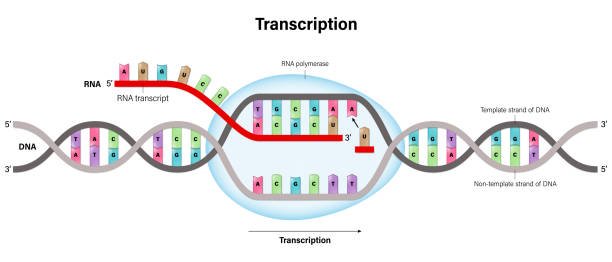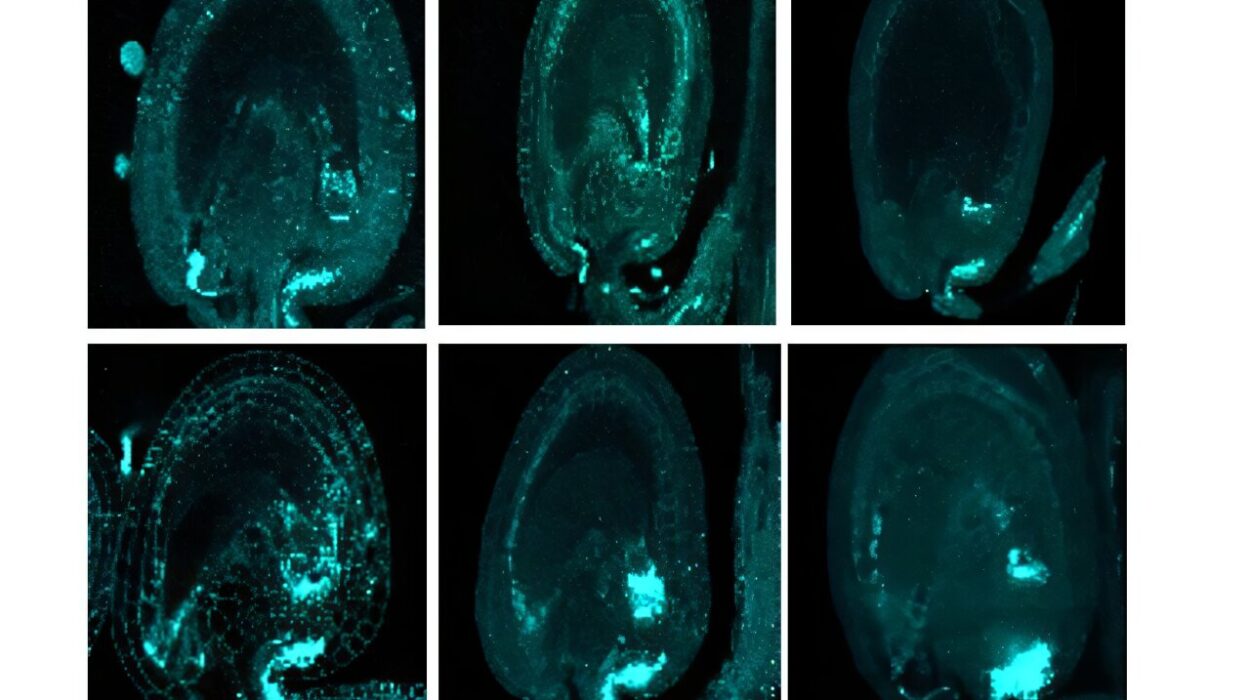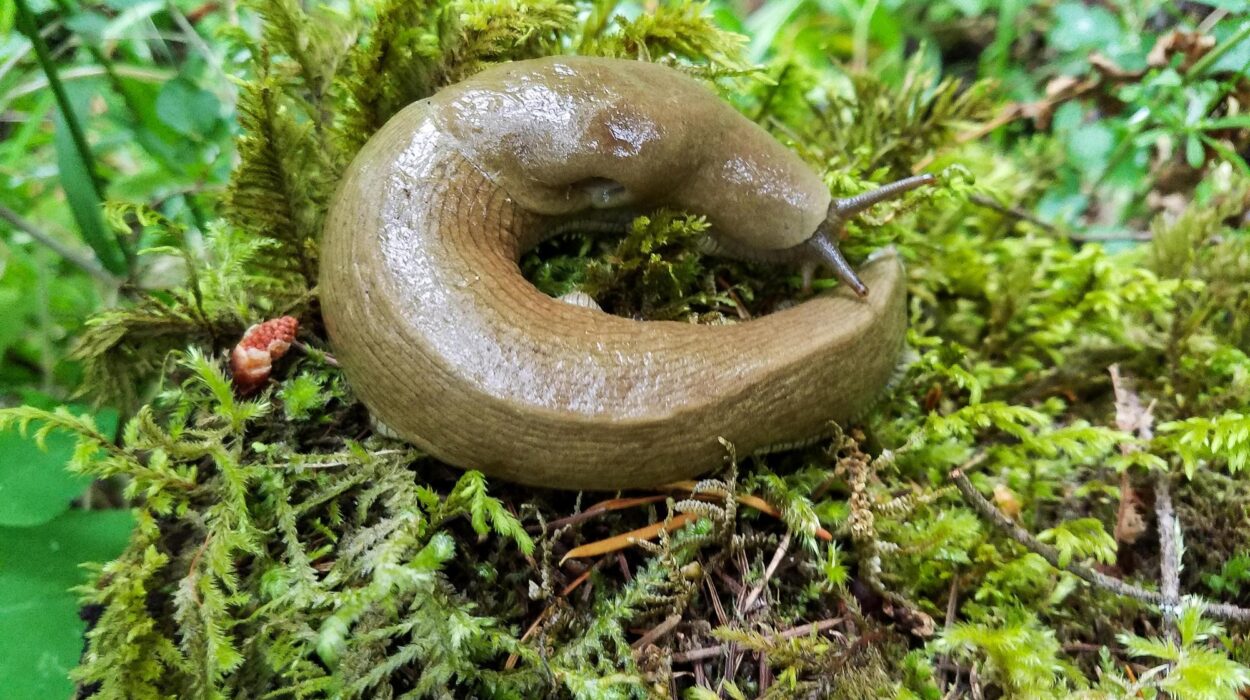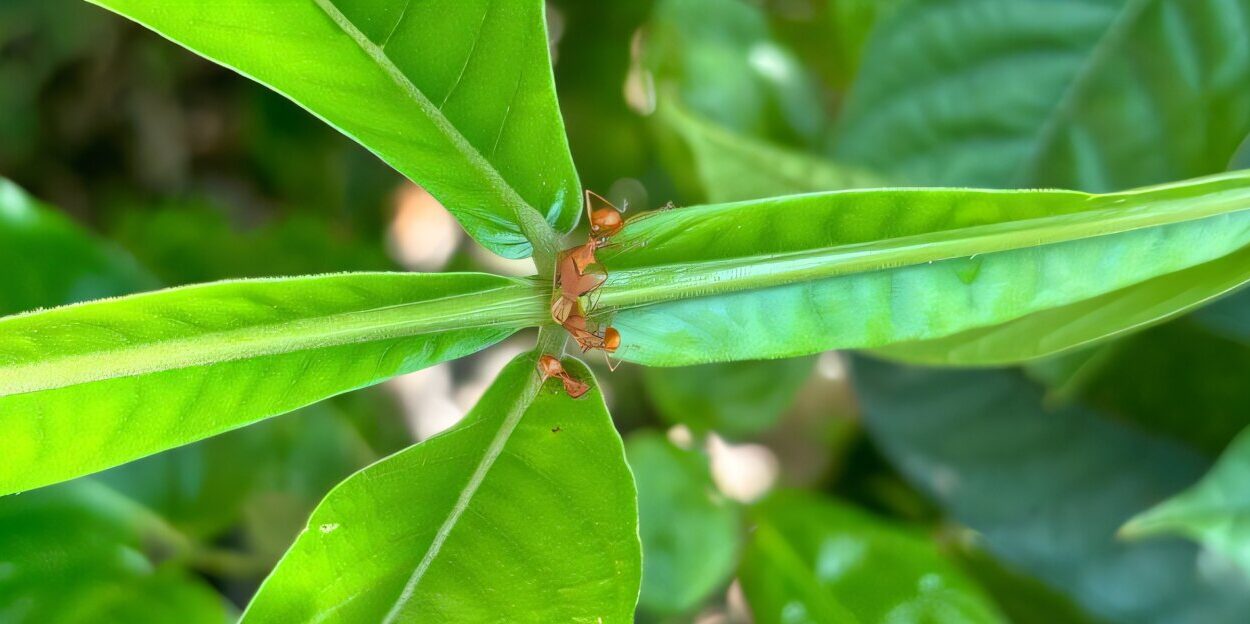A team at the University of Calgary is making significant strides in understanding how plants adapt to environmental stresses, such as heat and drought, with potential applications in improving agricultural resilience in the face of climate change. Led by Dr. Sam Yeaman, an associate professor in the Department of Biological Sciences, the research team has uncovered valuable insights into the genetic mechanisms plants use to cope with changing climates. This research could hold the key to developing crops that are more resilient to climate-related challenges, thus helping to address growing concerns about food security.
The team’s most recent study, titled “Repeated Global Adaptation across Plant Species,” was published in the prestigious journal Proceedings of the National Academy of Sciences (PNAS). The research, spearheaded by Dr. Gabriele Nocchi, Ph.D., investigates whether distantly related plant species, such as sunflowers and poplars, employ similar genetic strategies to adapt to environmental stress. The study aims to understand if there is a shared genetic basis for adaptation across diverse plant species that experience similar climatic pressures.
The findings from the study were both surprising and enlightening. According to Dr. Yeaman, the answer to whether these plants use the same genes for adaptation is somewhat nuanced: “Yes, and no,” he explains. “They do overlap more than randomly, but they still do a lot of different things. You could say that while each species has its own story, they share many of the same characters.” In other words, although there are common genes involved in adaptation to environmental stress, the specific ways in which these genes operate can differ across species.
This research builds upon Yeaman’s previous work published in Nature Ecology & Evolution in August, which examined the genetic basis of local adaptation in plants to varying climate conditions. That paper analyzed genomic data from 25 plant species, many of which were also studied in the PNAS research, and found that numerous genes were repeatedly involved in adaptation to similar climatic factors. The results suggested that the genetic architecture of plant adaptation to climate is more conserved than previously thought, highlighting the potential for identifying key genes that play crucial roles in these adaptive processes.
While both studies focus on plant adaptation to climate, they differ in their approaches. The Nature paper explored how plants adapt to spatial changes in their environments, such as from the cold boreal forests of the Yukon to the temperate rainforests of British Columbia. The PNAS paper, on the other hand, takes a temporal approach, investigating how plants adjust to environmental changes over time, such as those caused by climate change. Dr. Yeaman notes that, when combined, these two studies provide a more comprehensive understanding of how plants adapt to both spatial and temporal changes in their environment.
This research has garnered considerable attention not only in the academic community but also in the fields of agriculture and biotechnology. As the world faces the growing challenges of climate change, including rising temperatures, droughts, and unpredictable weather patterns, understanding how plants can adapt to these stressors is critical for ensuring food security. Yeaman’s team’s work offers hope that this knowledge can be applied to improve crop resilience, enabling the development of crops that are better equipped to withstand the challenges posed by a changing climate.
The significance of this research lies in its potential to identify key genes involved in plant adaptation. These genes could be harnessed to breed or engineer crops with enhanced resilience to environmental stresses. For example, crops that can better withstand heat, drought, or other climate-related stressors could help stabilize food production in regions vulnerable to climate change. This is particularly important as the global population continues to grow, placing increasing pressure on agricultural systems to meet demand for food.
The research also offers important insights into the predictions of evolutionary theory. Yeaman explains this concept with a simple analogy drawn from everyday life. “You can flip your thermostat and turn your furnace on or off to make a big change in temperature, or you can make renovations to improve your home’s overall thermal efficiency, doing lots of small tweaks; from improving insulation to upgrading windows to fixing air leaks.” In the same way, evolutionary processes tend to favor either large, dramatic changes or small, gradual adjustments in response to environmental stress, depending on whether those changes occur over space or time.
Yeaman elaborates further: “When the whole species is adapting to a new stress like climate change (over time), theory predicts it will tend to involve many small mutations. But when different populations inhabit hot versus cold environments (over space), the best strategy is to have a small number of big mutations that act like thermostats controlling the difference between populations in hot versus cold conditions.”
The findings from the studies conducted by Yeaman’s team align with these evolutionary predictions. In the Nature Ecology & Evolution paper, the researchers found that genes involved in adaptation to spatial changes tend to have larger effects. In contrast, the PNAS paper reveals that genes driving adaptations over time have smaller effects. These results suggest that plants adapt to climate stresses in different ways depending on whether those stresses arise over time or space, and this adaptation may involve a combination of both small and large genetic changes.
Despite the differences in the types of adaptations observed, one of the most intriguing aspects of the research is the repeated involvement of the same genes across distantly related plant species. This phenomenon suggests that there may be a core set of genes that play a central role in helping plants adapt to environmental stresses, regardless of their evolutionary history. The fact that these genes appear repeatedly across species as diverse as sunflowers and poplars is a testament to the power of evolutionary processes in shaping the genetic landscape of plant populations.
The implications of this research are far-reaching. By identifying and understanding the genes involved in plant adaptation to climate stress, scientists can work toward developing crops that are more resilient to the challenges posed by climate change. This could have a profound impact on global food security, particularly in regions where agriculture is heavily affected by unpredictable weather patterns and extreme environmental conditions. Furthermore, the insights gained from studying plant adaptation could also inform conservation efforts, as researchers seek to protect plant species that are vulnerable to climate change.
While much of this research is still in the realm of basic science, there is growing excitement about its potential applications. Agricultural scientists, plant breeders, and biotechnologists are particularly interested in how these findings could be applied to improve crop varieties. By identifying the key genes involved in adaptation to heat, drought, and other climate-related stresses, researchers can work to breed crops that are more resilient, ensuring a stable food supply in an increasingly unpredictable world.
References: Gabriele Nocchi et al, Repeated global adaptation across plant species, Proceedings of the National Academy of Sciences (2024). DOI: 10.1073/pnas.2406832121
James R. Whiting et al, The genetic architecture of repeated local adaptation to climate in distantly related plants, Nature Ecology & Evolution (2024). DOI: 10.1038/s41559-024-02514-5






